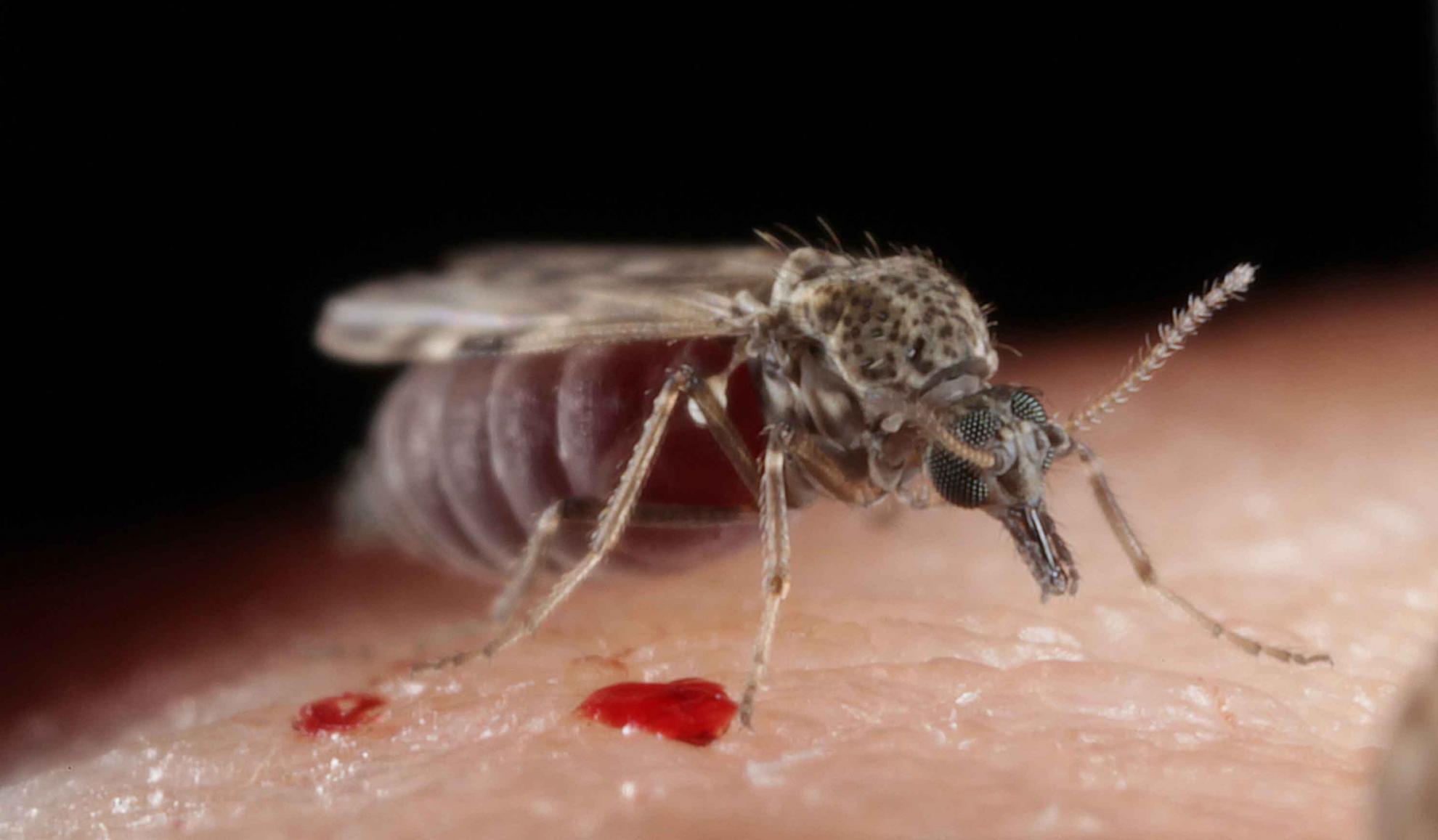Comparison of surveillance trapping methods to monitor Culicoides biting midge activity in Trinidad, West Indies
Culicoides biting midges (Diptera: Ceratopogonidae) are biting nuisances and arbovirus vectors of both public health and veterinary significance in Trinidad. We compared sampling methods to define the behaviour and bionomics of adult Culicoides populations at a commercial dairy goat farm. Three static trap designs were compared: (a) Centre for Disease Control (CDC) downdraft UV trap; (b) CDC trap with an incandescent bulb and (c) CDC trap with semiochemical lure consisting of R-(-)-1-octen-3-ol and CO2 (no bulb). Sweep netting was used to define diel periodicity. A total of 30,701 biting midges were collected using static traps, dominated by female Culicoides furens (>70% of trap collections across all three designs). There was no significant difference in the Margalef's index between the three traps; however, trap designs A and C collected a significantly greater number of individuals than trap B, and trap C gained highest species richness. The greatest species richness and abundance of Culicoides collected by sweep net was observed between 6:00 and 6:15 pm and notable differences in the crepuscular activity pattern of several species were identified. Comparative data on Culicoides species richness, abundance, sex and reproductive status is discussed and can be used to improve surveillance strategies, research designs and risk management.
